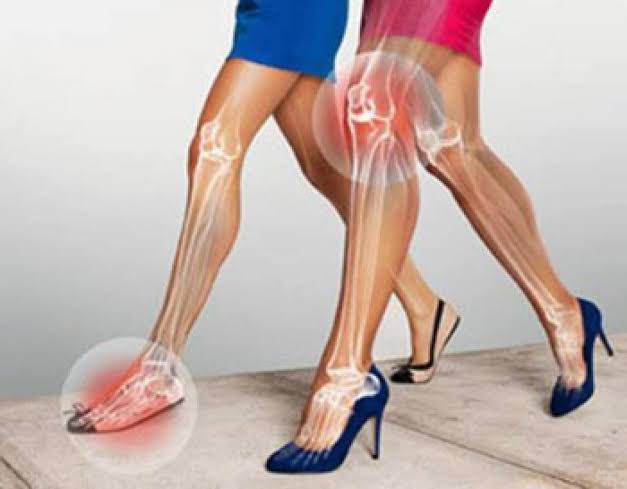Introduction
High heels have long been a staple in the world of fashion, symbolizing sophistication and style. Many women adore the added height, improved posture, and the boost in confidence that these fashionable shoes provide. However, beyond the glamour and allure of high heels, there is a growing concern about their potential impact on long-term health, particularly their association with arthritis. In this blog post, we will explore the link between high heels and arthritis and provide insights into the risks and prevention strategies.
The Mechanics Behind High Heels:
Before we delve into the arthritis connection, it’s essential to understand how high heels alter the mechanics of our bodies. High heels force the foot into an unnaturally elevated and dorsiflexed position, pushing most of the body’s weight onto the balls of the feet. This places added stress on various joints, ligaments, and tendons in the lower limbs, which can have significant consequences over time.
The Connection with Arthritis:
Arthritis is a broad term for inflammation of the joints, and it encompasses various types, including osteoarthritis and rheumatoid arthritis. High heels are often implicated in the development and exacerbation of arthritis due to the following reasons:
Increased Joint Strain: Wearing high heels can lead to increased strain on the knee, hip, and lower back joints. Over time, this excessive stress can contribute to the development of osteoarthritis, a degenerative joint disease.
Altered Gait Patterns: High heels can modify the natural gait pattern. This alteration may negatively affect joint health, especially in the knees and hips, as the body is forced to adapt to a new way of walking.
Ligament and Muscle Imbalance: Prolonged high heel use can lead to imbalances in the muscles and ligaments supporting the feet, ankles, and lower extremities. These imbalances can contribute to joint instability and arthritis development.
Prevention :
While the connection between high heels and arthritis is not definitive, it’s crucial to consider the potential risks and take steps to minimize them if you’re a fan of high heels. Here are some strategies to prevent or mitigate arthritis risks:
Limit High Heel Use: Reserve high heels for special occasions, and opt for flat or low-heeled shoes for everyday wear to reduce the overall stress on your joints.
Choose Supportive Footwear: When selecting high heels, opt for those with cushioning, arch support, and a broader heel base to distribute weight more evenly.
Stretch and Strengthen: Engage in regular stretching and strengthening exercises for your feet and lower limbs to maintain joint health and muscle balance.
Maintain a Healthy Weight: Excess weight can exacerbate the strain on your joints, so maintaining a healthy weight can reduce your arthritis risk.
Conclusion
High heels may add a touch of glamour to your wardrobe, but it’s essential to be mindful of their potential impact on your joint health. While the link between high heels and arthritis is not definitive, it’s prudent to exercise caution and make informed choices when it comes to footwear. Prioritizing comfort, joint health, and moderation can help you enjoy the best of both worlds: fashion and well-being.

